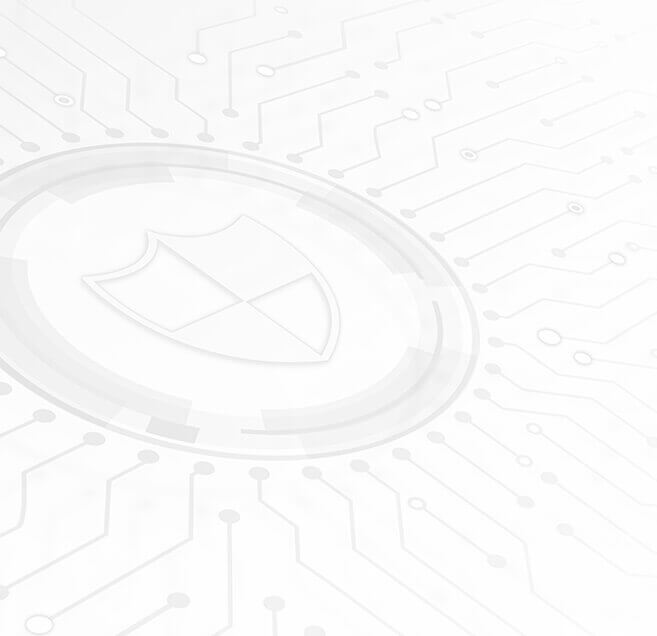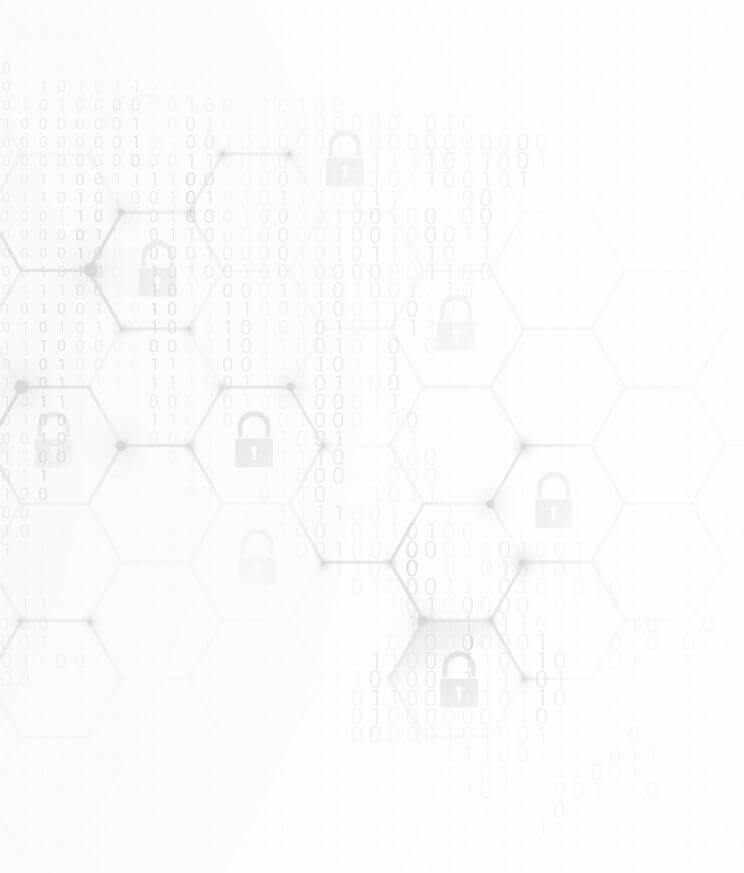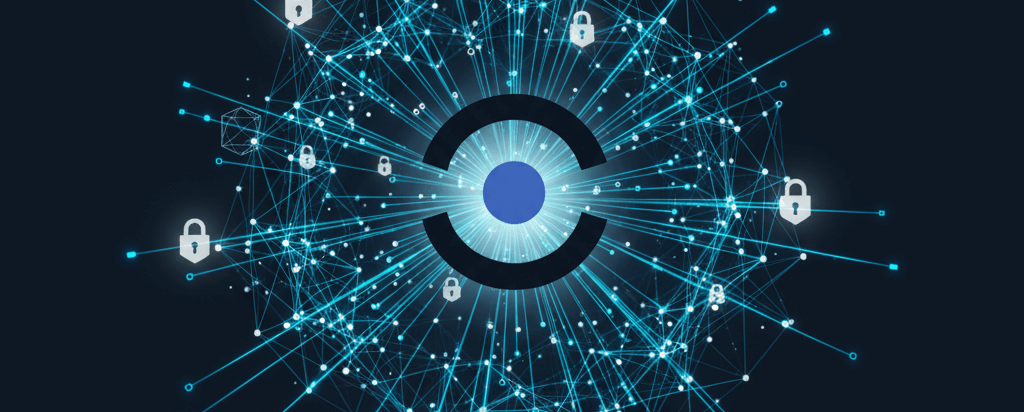
The digital landscape is a relentless battlefield, and if the 2025 Verizon Data Breach Investigations Report (DBIR) is anything to go by, attackers are increasingly honing in on a critical access point: vulnerabilities. The report reveals a concerning trend: exploitation of vulnerabilities as an initial access vector for breaches has surged to 20%, a staggering 34% increase from the previous year. This puts it dangerously close to credential abuse, long considered the most common entry point for cybercriminals.
What’s driving this alarming rise? A significant factor highlighted in the DBIR is the escalating targeting of edge devices and Virtual Private Networks (VPNs). These crucial components of modern network infrastructure were involved in 22% of all vulnerability exploitations – an almost eight-fold increase from just 3% in last year’s report. Edge devices, often less protected and directly exposed to external networks, present an attractive target, especially when coupled with the inherent vulnerabilities that can exist in VPN software.
The report’s findings paint a grim picture of the challenges organisations face in keeping pace. Despite concerted efforts to patch these critical vulnerabilities, only about 54% were fully remediated throughout the year, with a median time to fix of 32 days. In the fast-paced world of cyber threats, 32 days is an eternity, leaving ample opportunity for attackers to exploit known weaknesses. This delay, coupled with the emergence of zero-day exploits (vulnerabilities unknown to software vendors), creates a dangerous window of opportunity for malicious actors.
Dark Web Exploitation
The concerning rise in vulnerability exploitation is intrinsically linked to the dark web. This hidden corner of the internet serves as a marketplace for stolen credentials, exploit kits, and, crucially, information about unpatched vulnerabilities, including zero-days. When a vulnerability is discovered, particularly a zero-day in a widely used edge device or VPN, the information can quickly make its way to the dark web, where it is traded and weaponised by cybercriminals.
Attackers leverage this intelligence to craft sophisticated attacks, knowing that many organisations struggle with timely patching. Compromised credentials, even from seemingly minor data dumps on the dark web, can be used to gain initial access, or to escalate privileges once a vulnerability has provided a foothold. This creates a vicious cycle: unpatched vulnerabilities lead to breaches, and the data from those breaches fuels further exploitation.
Dark Web Monitoring
In this increasingly hostile environment, a reactive security posture is simply not enough. Organisations need proactive measures to detect and mitigate threats before they can inflict damage. This is where Dark Web Monitoring becomes an indispensable tool.
Mondas offers a sophisticated Dark Web Monitoring service that goes beyond basic scanning. By leveraging AI, Machine Learning, and the invaluable insight of human analysts, Mondas continuously scans the deepest corners of the internet for leaked corporate identities, employee credentials, and sensitive data. But what truly sets Mondas apart is their development of proprietary scripts to filter out false positives.
This crucial distinction means that organisations receive actionable intelligence, not just a flood of irrelevant alerts. Mondas’s expert analysts ensure that when an alert is triggered – whether it’s a compromised VPN login, an exposed edge device vulnerability, or stolen employee credentials – it’s a genuine threat requiring immediate attention.
By partnering with Mondas for Dark Web Monitoring, businesses can:
- Gain Early Warning: Detect compromised credentials or leaked information related to vulnerabilities before they are actively exploited in a breach.
- Prioritise Remediation: Understand what sensitive data is at risk and focus patching efforts on the most critical vulnerabilities being discussed and traded on the dark web.
- Minimise Impact: Respond swiftly to potential threats, reducing the window of opportunity for attackers and mitigating the potential damage of a breach.
- Enhance Threat Intelligence: Receive contextual information about emerging threats and attack methods, strengthening overall cybersecurity strategy.
- Protect Reputation and Trust: Proactively address potential data exposure, safeguarding brand reputation and maintaining stakeholder trust.
The 2025 DBIR is a wake-up call. The escalating threat from vulnerability exploitation, particularly involving edge devices and VPNs, demands a robust and proactive cybersecurity defence. With Mondas’ advanced Dark Web Monitoring and their commitment to filtering out the noise, organisations can gain the critical intelligence needed to stay ahead of the curve and secure their digital perimeter.





